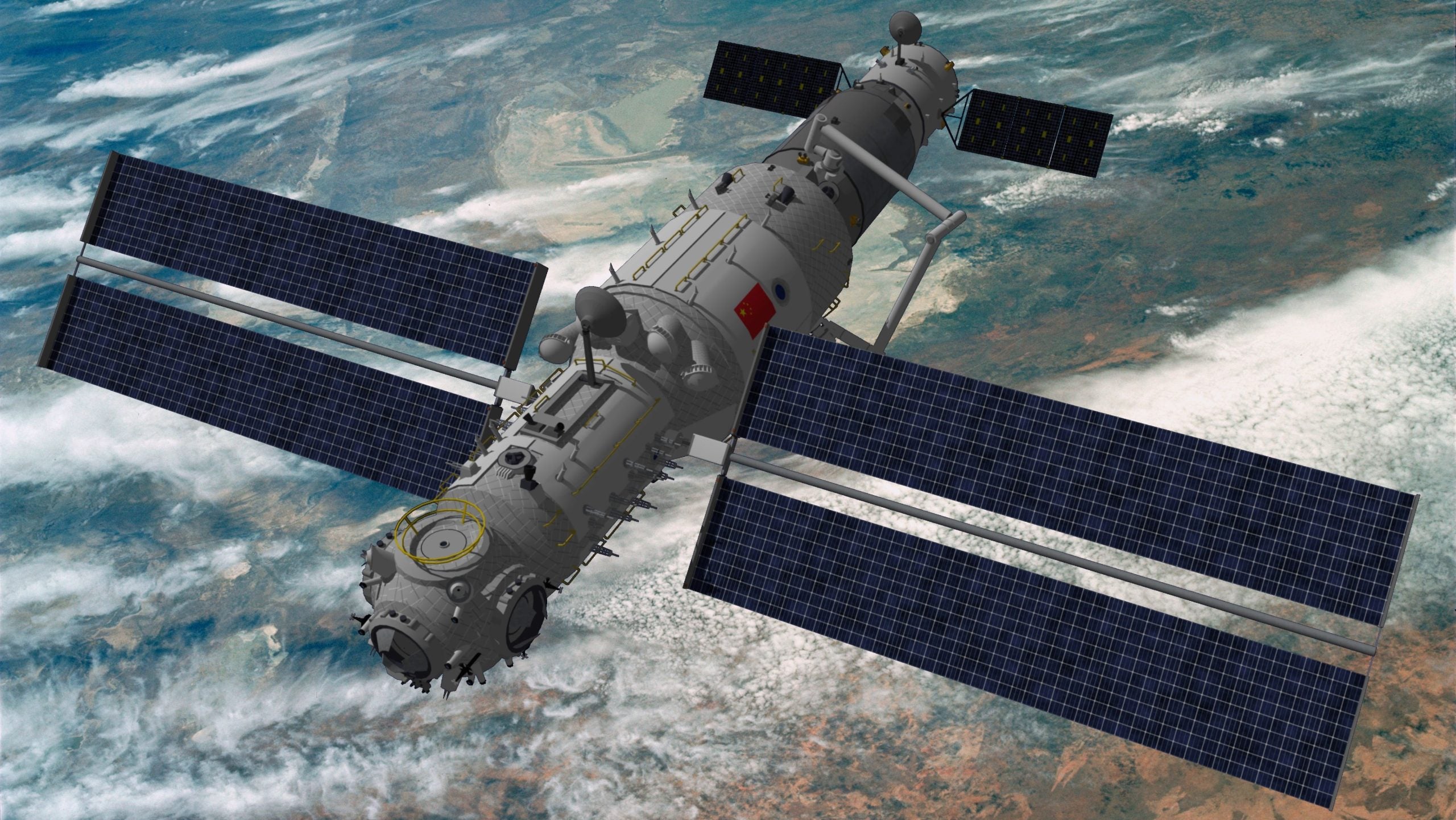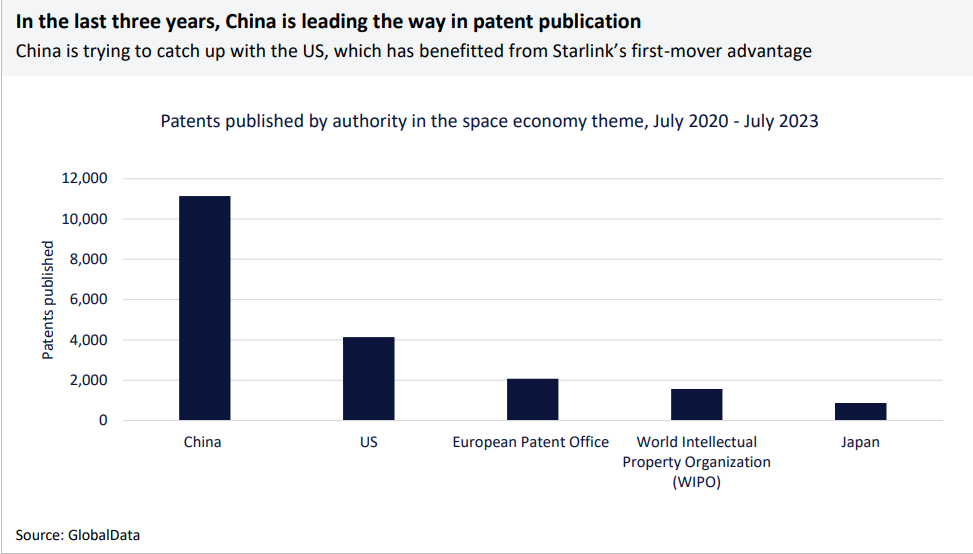
China started construction of a 40-metre-aperture radio telescope on Wednesday (11 October) to shore up its lunar missions and deep space exploration.
Radio telescopes require a large parabolic dish to capture weak radio waves emitted by planets, stars and galaxies. Unlike optical telescopes, radio telescopes can be used both at night and during the day.
The telescope, developed by the Shanghai Astronomical Observatory, will be built in the Changbai Mountains, the border between China’s North Eastern provinces and North Korea. The area is known for its clear skies and low precipitation, ranging from 30 to 50 inches per year.
Construction is scheduled for completion in 2024.
China completed the world’s largest solar telescope array, the Daocheng Solar Radio Telescope, in November 2022. Located in the southwestern Sichuan province, the telescope array comprises 313 parabolic dishes.
Earlier this month, China’s National Space Administration (CNSA) announced China’s next space mission will be the first to bring back samples collected from the far side of the moon. The unmanned mission also requires an accompanying relay satellite, which is scheduled to launch next year.
How well do you really know your competitors?
Access the most comprehensive Company Profiles on the market, powered by GlobalData. Save hours of research. Gain competitive edge.

Thank you!
Your download email will arrive shortly
Not ready to buy yet? Download a free sample
We are confident about the unique quality of our Company Profiles. However, we want you to make the most beneficial decision for your business, so we offer a free sample that you can download by submitting the below form
By GlobalDataData from research firm GlobalData’s Thematic Space Economy Report shows that China is supercharging its patent effort to catch up with the capabilities of private US companies like Starlink.

The Chinese government has made a concerted effort to open the space economy to commercial companies, as demonstrated by Space Pioneer and iSpace, which raised over $300 million each in funding by 2021.
Our signals coverage is powered by GlobalData’s Thematic Engine, which tags millions of data items across six alternative datasets — patents, jobs, deals, company filings, social media mentions and news — to themes, sectors and companies. These signals enhance our predictive capabilities, helping us to identify the most disruptive threats across each of the sectors we cover and the companies best placed to succeed.






